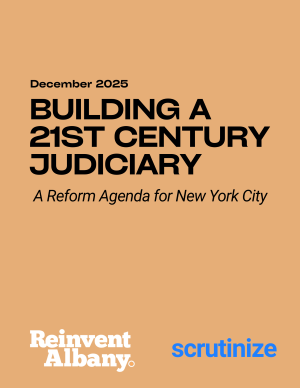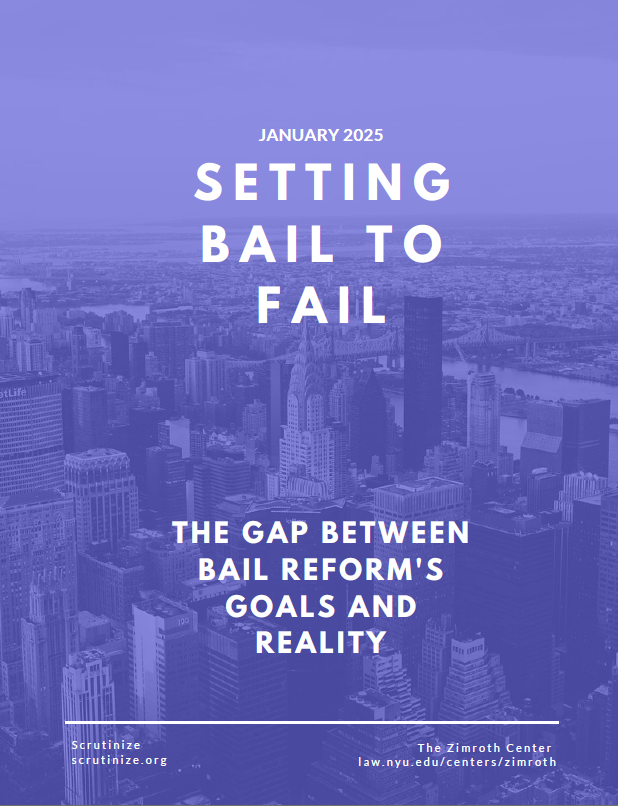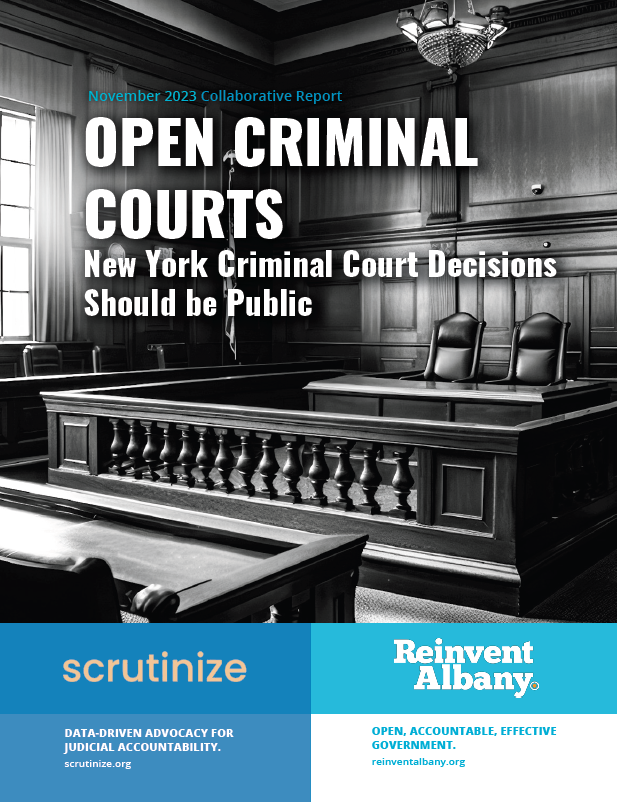Research

Building a 21st Century Judiciary: A Reform Agenda for New York City
With a new executive order, the incoming mayor can modernize New York City’s process for appointing roughly 180 judges across the Criminal, Family, and Civil courts.
Full Report
Backdoor to the Bench
New York’s constitutional cap on the number of Supreme Court judges has spawned double dysfunction: clogged courts rely on a secretive, highly subjective selection of acting judges as a workaround.
Full Report
The State of Criminal Court Transparency in 2024
A small group of judges and counties leads the way in publishing decisions, demonstrating that open justice is possible—even as many decisions are not published online.
Full Report
Judges’ Unpublished Decisions Debunk Discovery Myths
Analysis of nearly 300 unpublished discovery decisions reveals that case dismissals result from prosecutorial failures—not minor technicalities or defense tactics.
Full Report
Setting Bail to Fail
Judges followed rules requiring specific bail options but often set amounts that undermined the statutory intent to provide affordable alternatives, particularly to commercial bonds.
Full Report
Harnessing AI To Enhance Judicial Transparency
This factsheet introduces a new method for enhancing judicial transparency using large language models (LLMs) to analyze judicial texts.
Full Report
Unprotected
A new metric for assessing individual judges' decisions and impacts: failure to protect constitutional rights against law enforcement overreach.
Full Report
Reverse & Reassign
A new metric for assessing individual judges' decisions and impacts: reassignments to a Different Judge (RDJs), which serve as a red flag, suggesting the possibility of judicial impropriety that goes beyond getting the law wrong.
Full Report
Excessive Sentencers
A new metric for assessing individual judges' decisions and impacts: exceptionally punitive sentences, so severe that even appellate judges could not uphold them.
Full Report
Open Criminal Courts
At most 6% of New York's written criminal court decisions are available to the public online.
Full Report
Cost of Discretion
The decisions of NYC most carceral judges resulted in appx. 580 additional people detained and $77 million in taxpayer costs.
Full Report